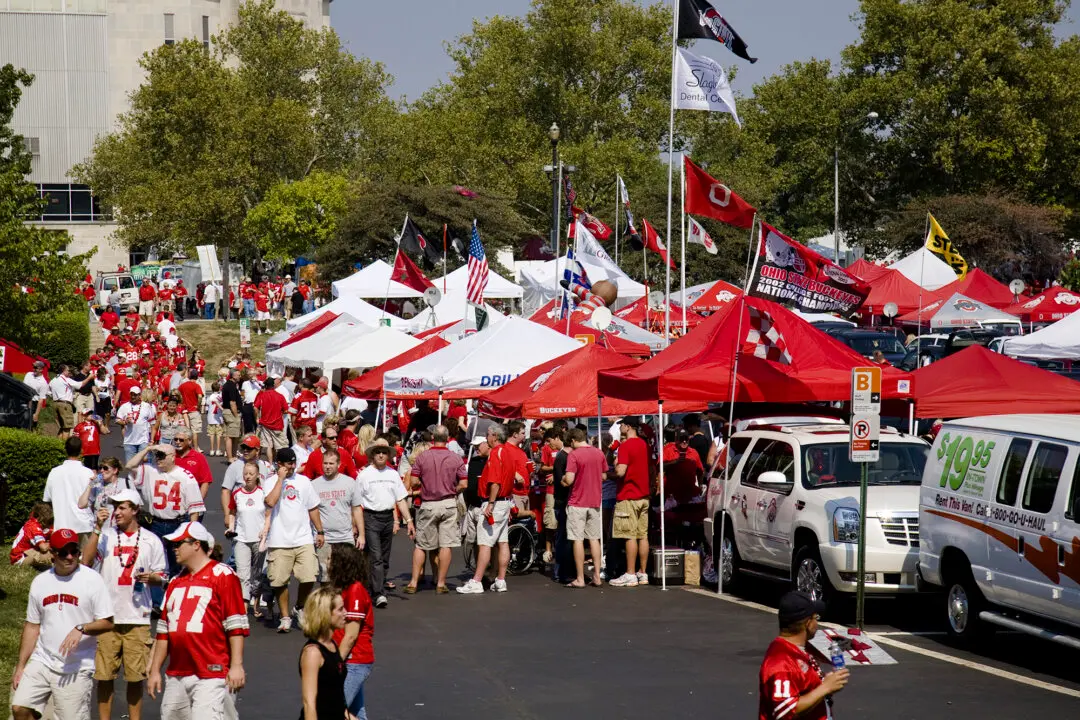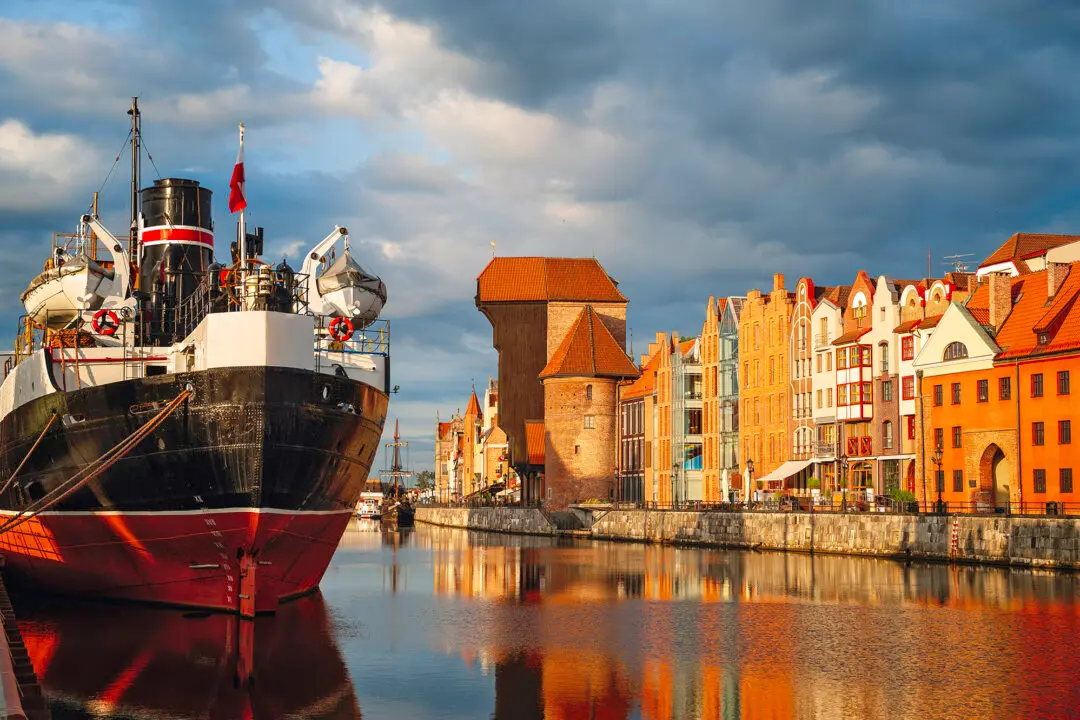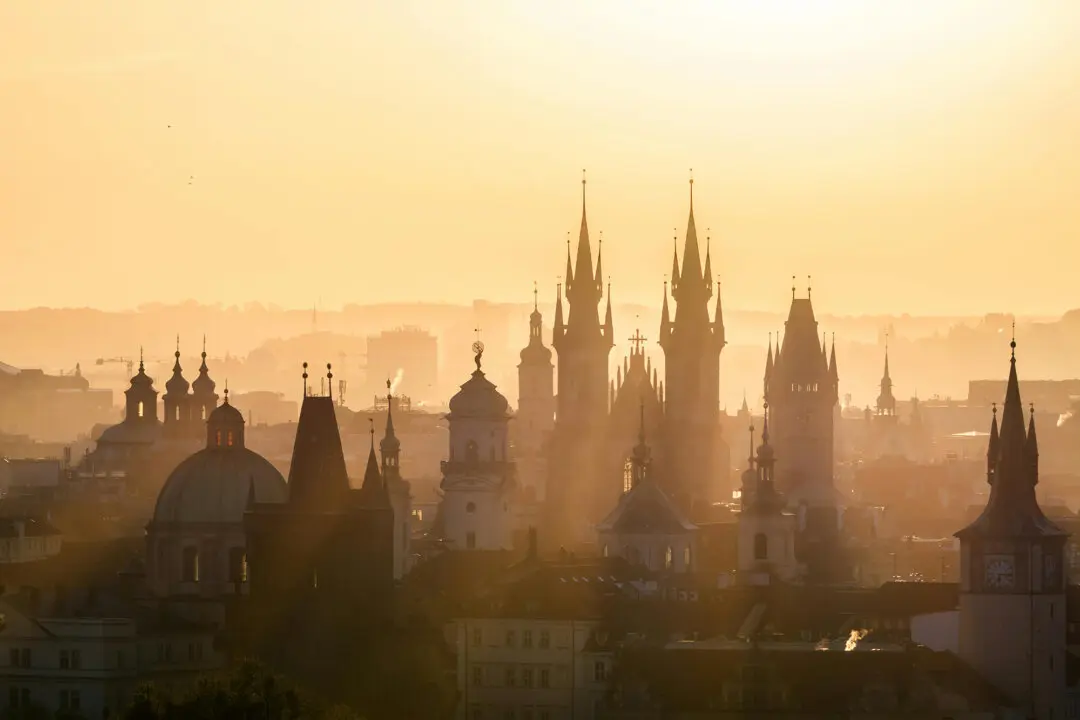I approached the circle of standing stones along a winding wooden walkway that traversed the tussocks and lichen. All around, the natural colors of this windswept island created a scene that was dreamy and romantic and somehow simultaneously severe. The deep blue of the loch paired with fields so green they were almost neon, dark shrubs rising on the flanks of big, bald hills, all around.
This henge is ancient, dating back as far as 2500 B.C. It is a UNESCO World Heritage Site. But until today, I’d really never heard of it. “Stonehenge isn’t as big as this, or as old,” my guide pointed out, noting the 341-foot diameter. Originally, there were as many as 60 stones here, although only 27 remain today. Why the disparity in popularity? While Stonehenge sits very close to England’s biggest cities, here, we were a long, long way from London.





